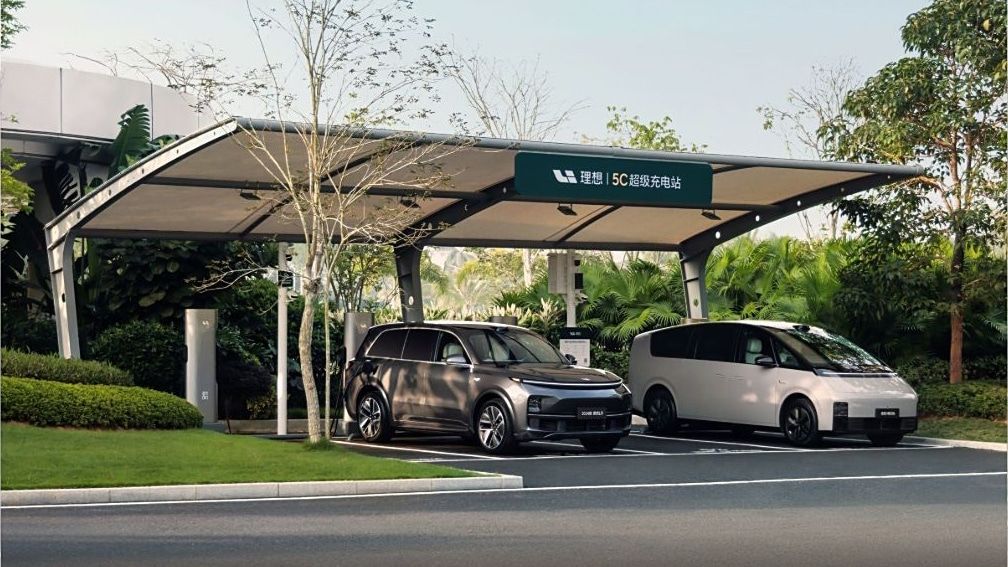What?
Li Auto recently celebrated the opening of its 500th supercharging station, a significant milestone. This achievement comes as the company races to meet its ambitious goal of launching over 2,000 supercharging stations by the end of 2024. To reach this target, Li Auto will need to quadruple its current installation rate, requiring the installation of an average of 250 supercharging stations per month for the remainder of the year.
Why does it matter?
The opening of the 500th supercharging station denotes progress for Li Auto, but the company faces challenges in scaling up its installation rate to meet its 2024 target. Despite signing a deal with China’s largest petroleum company, CNPC, to install charging piles at service stations nationwide, Li Auto has encountered setbacks. The launch of its first all-electric car, the Mega MPV, did not meet sales expectations, leading to a delay in the release of future models to 2025. Furthermore, Li Auto is currently facing a class action lawsuit in the U.S., alleging that the company misled investors regarding demand for the Mega. These factors have contributed to a slowdown in Li Auto’s momentum this year.
How is it going to shape the future?
Li Auto’s investments in expanding its supercharging infrastructure are vital for supporting the growing electric vehicle market. The rollout of 2,000 supercharging stations with 10,000 charging piles aims to enhance EV accessibility and convenience, particularly on major highways in China. By strategically locating supercharging stations along key expressways, Li Auto is working to address the infrastructure gaps that have historically hindered EV adoption. As the company navigates challenges and adjusts its plans to meet targets, the future success of Li Auto will depend on its ability to innovate, adapt, and capitalize on the evolving electric vehicle landscape.
So, while Li Auto has made significant strides in expanding its supercharging network, the road ahead presents both opportunities and obstacles as the company strives to solidify its position in the competitive EV market.

